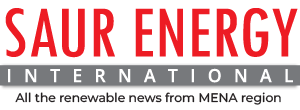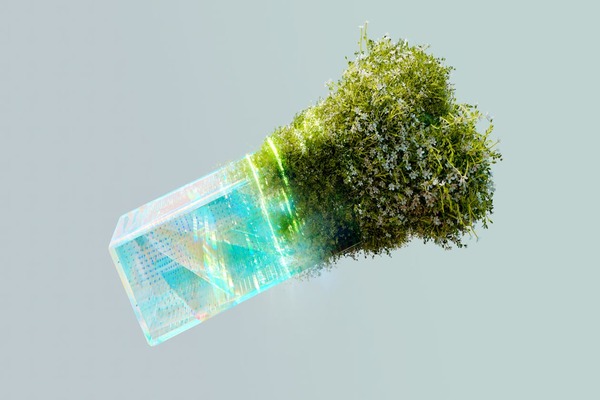The Sultanate of Oman, through the Ministry of Transport, Communications, and Information Technology, is working on clean energy solutions to support its Artificial Intelligence (AI) plans. Minister Eng. Said bin Hamoud al Maawali spoke about the initiative.
The Minister noted that by 2050, about 30% of the world’s electricity is expected to be used for AI servers. He stated that “this demand does not currently exist, making AI a driver of new energy needs.” He added that “Oman must prepare for this shift and use AI for national development.”
Al Maawali referenced global trends where technology companies are turning to nuclear energy for AI data centers. He mentioned that Google is developing six Small Modular Reactors (SMRs) and Microsoft is working on nuclear power sources, including the reactivation of the Three Mile Island nuclear plant in the US. He explained that AI data centers require large amounts of electricity, making nuclear energy an option despite its high costs. He cited estimates that SMR electricity costs range from 6 to 11 cents per kilowatt-hour.
Oman is considering using its renewable energy resources for AI power needs. Al Maawali highlighted that Oman has green energy potential, especially in Al Wusta and other regions.
According to the International Energy Agency (IEA), data centers consumed 240-340 terawatt-hours (TWh) of electricity globally, accounting for 1-1.3% of total energy use. The IEA’s 2024 report predicts that power consumption from data centers, AI, and cryptocurrency will double by next year.
Oman is also working on other renewable energy projects. A 100 MW wind farm in Duqm is in operation, supplying power to the national grid. It consists of 13 wind turbines designed to operate in Oman’s desert conditions. A solar power plant with 500 MW capacity is under construction in Manah, set to provide electricity to homes and industries. Oman is also testing hydrogen production in Al Wusta, using solar and wind power to generate green hydrogen.


